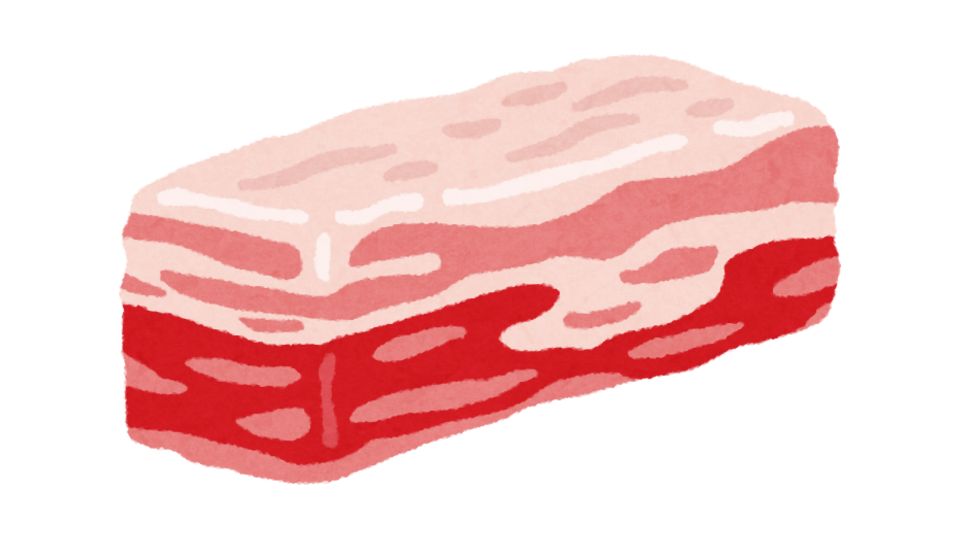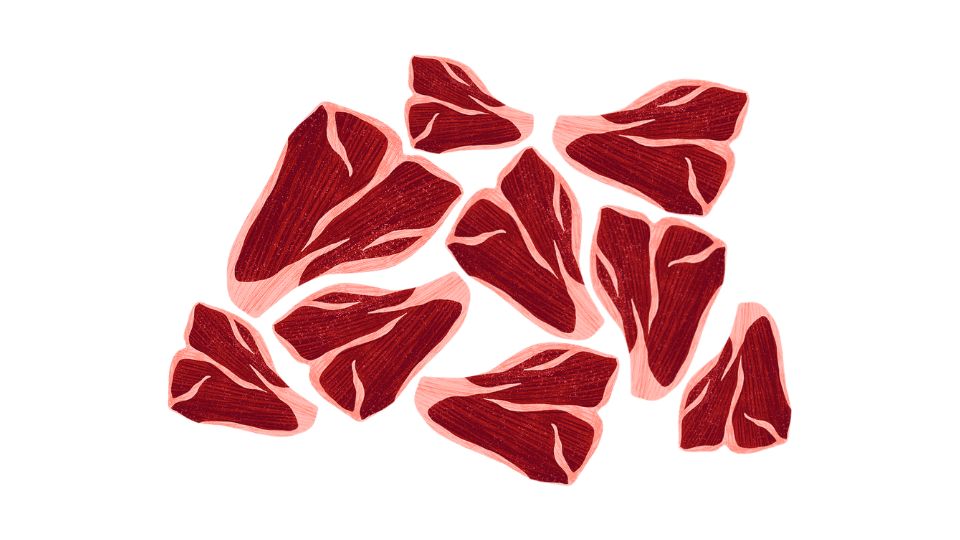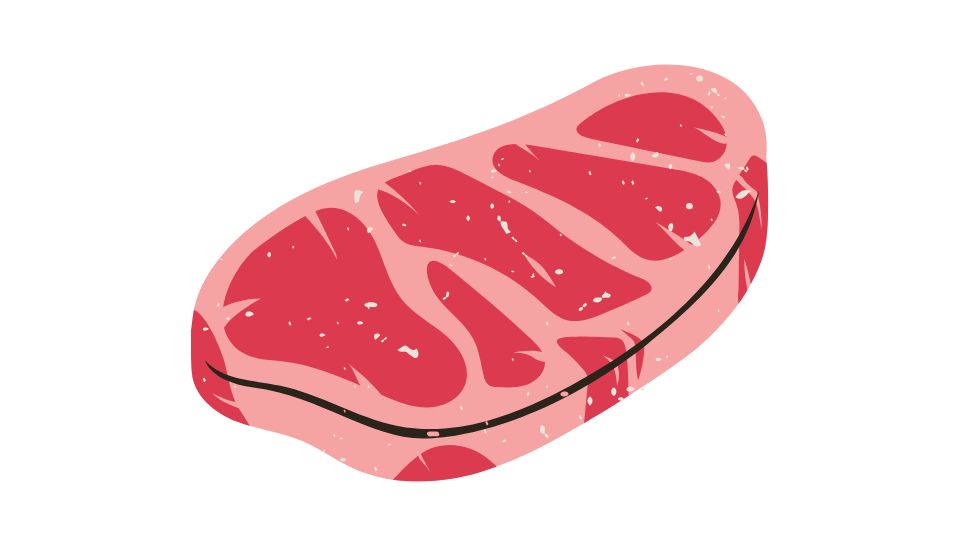Ever looked at a pork chop and wondered, “How much muscle-building goodness is in this thing?”
I’ve been diving deep into the protein content of pork, and found some surprising numbers that might make you reconsider your meat choices (in a good way).

How Much Protein Is in a Pound of Pork?
Let’s cut right to the chase – a pound of pork packs approximately 90-95 grams of protein depending on the cut and how fatty it is. That’s basically like having 3-4 protein shakes in one piece of meat!
According to USDA data, raw pork loin tenderloin (with both lean and fat parts) contains about 93 grams of protein per pound. That’s a serious amount of muscle-building material.
Different cuts have different amounts, but most hover around 25-27 grams of protein per 100 grams of cooked lean pork. Do the math, and that’s 90-108 grams per pound.
Protein Content by Cut (The Meaty Details)

Not all pork is created equal. Here’s how different cuts stack up:
- Raw pork loin (lean and fat combined): About 93g protein and 24.5g fat per pound
- Cooked ground pork: Roughly 25.7g protein per 100g (that’s about 116g per pound when cooked)
- Lean cooked pork: Approximately 26% protein by weight
- Average 100g portion: Contains 25-27g of complete protein with all essential amino acids
The fatter the cut, the less protein you get per pound. Makes sense, right? Fat displaces protein.
Why Pork Deserves More Respect as a Protein Source

Pork isn’t just about protein – it’s a nutrient powerhouse:
Complete protein source – Contains all nine essential amino acids your body needs but can’t make. This is crucial for muscle growth and repair, making it valuable for athletes or anyone recovering from injury.
B vitamin bonanza – Pork is ridiculously high in thiamin (Vitamin B1), giving you up to 50% of your daily needs in just a 3-ounce serving. This vitamin is key for energy metabolism.
Mineral motherload – Packed with zinc, iron, phosphorus, and magnesium, which support everything from your immune system to bone health.
Balanced fat profile – Contains roughly equal amounts of saturated and unsaturated fats, depending on the cut.
Putting This Knowledge to Work in Your Diet

If you’re tracking macros (and who isn’t these days?), knowing that a pound of pork delivers about 90-95g of protein is super helpful.
Let’s say your daily protein target is 150g. That means about 1.5 pounds of lean pork would get you there. That’s either one very ambitious meal or (more reasonably) split across your day.
For accurate tracking, you might want to check out something like MacroFactor, which helps you monitor your intake precisely without going crazy with spreadsheets.
The Bottom Line on Pork Protein

- A pound of pork delivers 90-95 grams of high-quality protein
- Leaner cuts = more protein per pound
- Beyond protein, you’re getting essential amino acids, vitamins, and minerals
- For fitness enthusiasts and health-conscious folks, pork is an efficient way to hit protein targets
So next time you’re staring at the meat counter wondering what to choose, remember that pork isn’t just “the other white meat” – it’s a serious contender in the protein department.
And if someone gives you grief about eating pork? Just tell them you’re optimizing your amino acid profile while enjoying bacon. Win-win.




Leave a Reply